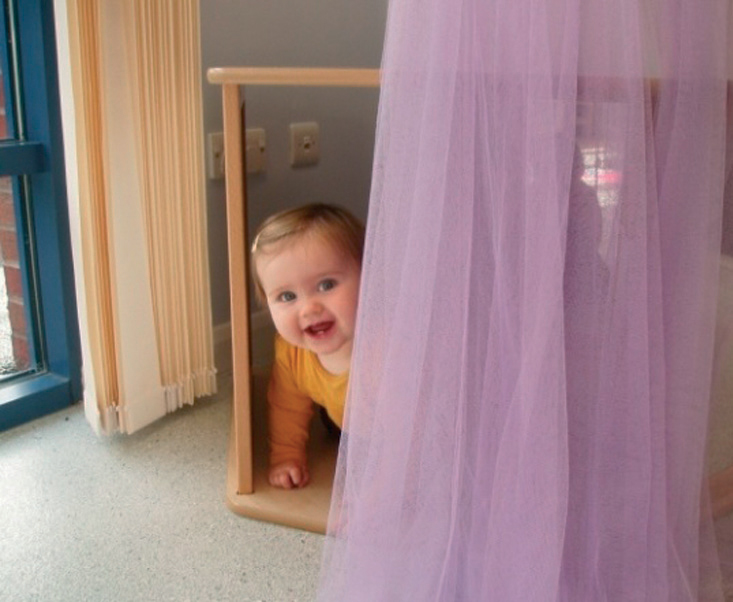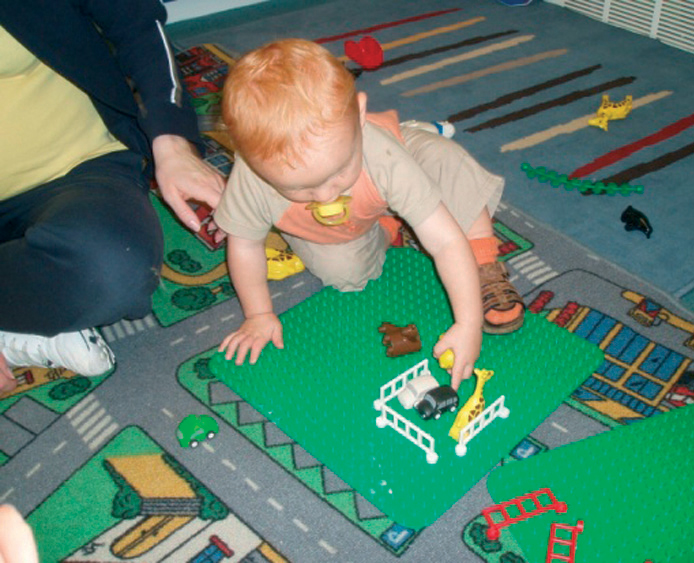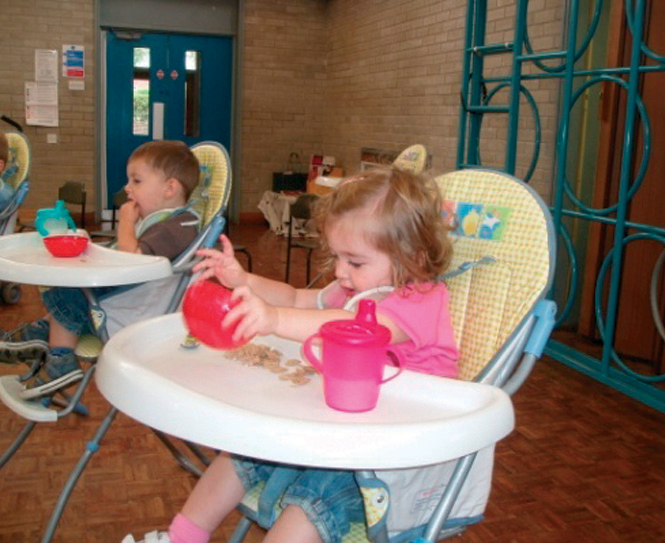Dr Frances Atherton examines what we can learn about young children’s development through the identification and understanding of their patterns of behaviour...
I observed Henry whilst he was at the daycare setting of a children’s centre. He was trying to post a carrot through a gap in the side of a toy oven. It wouldn’t fit. The fat end was too fat.
He turned the carrot around and pushed the thin end through the gap. The whole carrot fitted through the gap and dropped inside the oven.
I was able to watch Henry trying to fit and enclose an object and, with reference to the EYFS, using his developing mathematical ideas to solve practical problems.
He was furthering his understanding of a range of concepts. This included:
Young children reveal the complexity of their thinking as they play. It is through perceptive observation that we can distinguish and nurture their extraordinary, adept thought patterns.
The challenge for practitioners and parents is to take heed and recognise what is contained in the fine detail of what children do, what they make or what they say.
There are many definitions of ‘schema’, which the likes of Cathy Nutbrown, Cath Arnold and others have made known.
It was the work of Chris Athey in the 1980s, however, that was particularly influential in raising awareness about the term. She describes it as “patterns of repeatable actions that lead to early categories and then to logical classifications”.
Nutbrown’s definition of a schema as a “pattern of behaviour which has a consistent thread running through it”, or Sandra Smidt’s explanation of schemas as “patterns of actions”, recognise that we can identify underlying similarities in what young children are doing and saying.
These likenesses, patterns of behaviour or resembling actions become visible if we pay close attention to what children are doing in their play.
If we take time to observe with meticulous focus and attend to children with genuine regard, then we can further secure our understanding of their particular interests.
The preceding work of Frederic Bartlett and Jean Piaget and Bärbel Inhelder recognised schemas as cognitive structures. Anne Meade and Pam Cubey later confirmed these as “forms of thought…like pieces of ideas or concepts”.
Young children’s repeated patterns of behaviour, their schemas, reveal an insight into their thinking concerns, their forms of thought, to which we may attune and respond as we share time with them in their daily enterprises.
Chris Athey identified several patterns of behaviour (schemas) as part of the Froebel Early Education Project.
This analysed over 5,000 observations of 20 children aged two to five years, taken over a period of two years. These schemas were classified according to their characteristics (for example, a ‘back and forth schema’ relates to horizontal or across movements) and were named as follows:
Annie, Tommy and Nell attended the daycare setting of a children’s centre. What follow are observations of them immersed in their play showing developments in, and revealing the holistic nature of, their thinking as they pursued their containing and enveloping schema…
I observed Annie engaged in a series of actions:

At eight months old she investigated a basket, examining it carefully. She turned it over and fixed her gaze on her hand as it explored inside.
At 11 months she picked up a tissue box and looked inside the hole. She then picked up a metal lid and posted it through the hole in the top of the box, before pushing her hand inside the box.
Finally, she took her hand out, tipped the box upside down and shook it until the lid fell out.
At the painting table, I saw her dip a paint brush into some paint and paint the palm of her hand. She then turned her hand over and painted the back. Annie then tried to fit her hand into the paint pot.
Consistent patterns could be seen underpinning Annie’s spontaneous behaviour. There was an underlying sameness in the way she used the items around her and incorporated them into her play.
The objects that she selected were not of significance; they were simply accessible items with intriguing possibilities.
What seemed significant to Annie was that they could be fitted inside things. They could be contained and she could do the containing.
The form of Annie’s thinking is ‘insideness’, with relevant content including containers (for Annie, yoghurt pots, tissue boxes, buckets, beakers, baskets, snack bowls and a mirror box) into which ‘containables’ (lids, toy animals, blocks, wooden balls, sand, water, banana slices and Annie herself) are fitted.
I watched an 18-month-old Tommy put toy cars inside a teapot. He then took a bowl out of the sink in the role play area’s kitchen, got the toy cars out of the teapot and dropped them into the hole.
When the teapot was empty, he dropped the teapot through the hole as well. Tommy then went under the sink unit and retrieved the toy cars and teapot.
Later, Tommy made an enclosure with the fence panels and put objects inside (giraffe, van, car). He did not use the items selected as may conventionally be expected.

It was not the possibility of exploring how fast the car and van could go around the road mat that tempted. Nor was it a game of zoo that appealed, where thunderous roaring opportunities were a likely prospect.
The significance for Tommy was that the arbitrary objects that he had selected could be contained within the enclosure he had constructed.
One snack time, I saw Nell tipping her bowl of Shreddies out onto her high chair’s tray. She proceeded to pick up handfuls of Shreddies and drop them under the table onto her knee, until all the Shreddies had disappeared from the table.

This was not a roguish exploit. Nell was purposefully occupied working on her schema of containing and enveloping. She used the available items around her (Shreddies) to pursue her form of thought (insideness). Nell put the containable objects (Shreddies) into an available container (pinny).
With reference to the EYFS, the observations of Annie, Tommy and Nell above provide insights into the progress of their learning and development. They demonstrate the following characteristics of effective learning:
Additionally, they demonstrate evidence of development from the areas of learning. This includes many examples from prime areas personal, social and emotional development and communication and language, and specific areas understanding the world, expressive arts and design and mathematical development.
Frances Atherton is co-author with Cathy Nutbrown of Understanding Schemas and Young Children: From Birth to Three.

Going on a Bear Hunt activities – Easy preschool ideas
Editors picks
